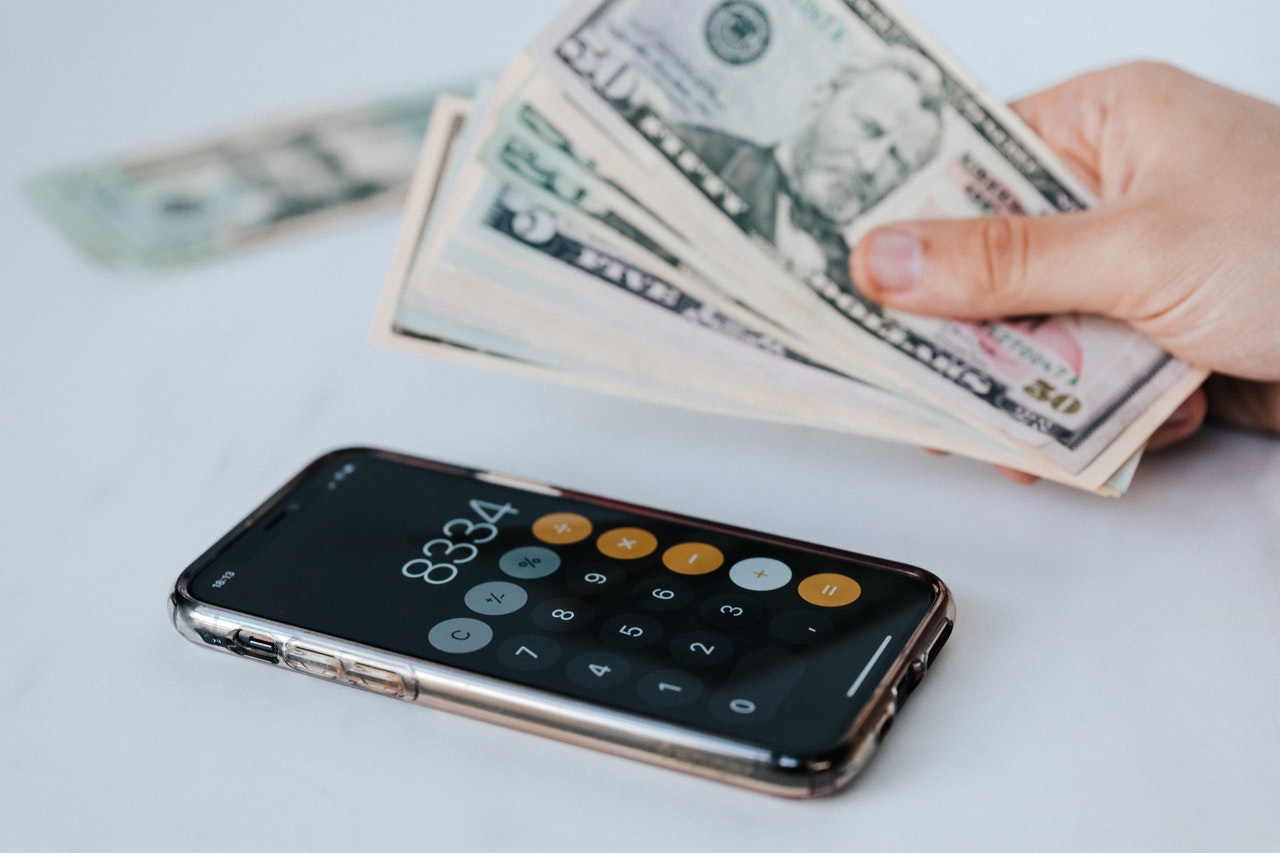In the United States, there are 38.3 million people who still carry student loan debt for either graduate and undergraduate degrees or both. On top of that, 54% of adults in the U.S. have credit card debt, and 50% of those adults have carried a balance for at least a year.
The number of people who labor under some form of debt is staggering and apparently continues to grow. The good news is, if you’re one of those people, you don’t have to be one forever.
There are reliable ways to get yourself out of debt. Take a look at our top five tips to help you pay off that tenacious balance and start seeing your savings grow.
Get a Side Hustle
Working up a side hustle to help you pay off your debts is one way many people find extra income to put toward retiring their balances. This could consist of anything from a part-time gig driving for Uber to signing up to obtain your real estate license online.
Understand What You Are Paying
In order to pay back your debt properly, you first have to know what you are paying. Everything from your principal to the interest has an impact on how long you will carry the financial obligation and how much more money you will have ended up paying over the long haul.
Bola Sokunbi of Clever Girl Finance wrote that she drove up a shocking amount of credit card debt because she had no idea how it was being calculated. Once she understood the process, she knew how to win back her financial freedom.
Budget, Budget, Budget
Getting a grasp of your financial debt means you’ll have to create a budget and stick to it. You have to get a clear bearing on how much money you have coming in, how much you are saving, and how much of those funds are going right out.
There is a simple calculation known as the 70-20-10 rule. It means seventy percent of your monthly income should go directly toward your bills and regular monthly expenses.
Twenty percent ought to go toward your savings and investment accounts. The final ten percent should be specifically directed toward retiring your debts.
Determine what your budget is. If your income allows you enough leeway to fluctuate the percentages, focus on increasing that ten percent that goes to your debts.
The sooner you pay them off, the sooner you won’t have to worry about them.
Consider the “Snowball” Method
In terms of paying off your debt, you may want to consider using what is known as the “snowball” method. This means you pay the most money toward erasing your smallest debts while devoting the minimum payment on the others.
This approach enables you to pay off more areas of your debts faster rather than if you put all your money into one massive obligation such as a mortgage. You’ll also have less interest to pay in terms of how many loans you are retiring.
Automate Your Savings
This one is by far the easiest to set up and succeed with, but many people don’t regard it as a means to pay off their debts. How it works is you set up what is called an auto-transfer from your checking account into your savings on a particular day of each week or month.
Without your even having to think about it, the money gets stashed away for the purpose of buying back your financial freedom. Out of sight, out of mind.
Your savings are heavily tied to your debt. Say you want to buy a house. The size of your debt-to-income ratio makes a huge difference.
But did you know that if you are able to put away $190.30 each week, you could save $10,000 in one year? You may want to tidy up your budget and see how to automate your savings, starting with your next paycheck.
Conclusion
Becoming debt-free is not an overnight fix unless you happen to find yourself coming into a huge pot of money tomorrow. Most of us aren’t apt to be so lucky, and therefore it’ll take time, patience, and self-discipline.
Start by setting up a budget and do the appropriate research into what you are paying. Not only will you be better educated about potential future investments, but you may also find yourself living a significantly less stressful life.



